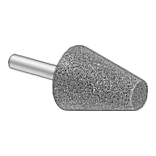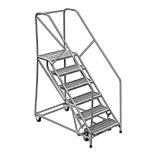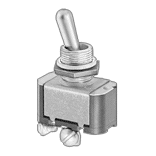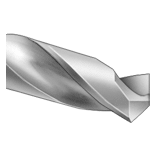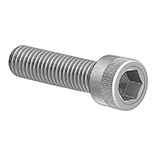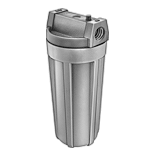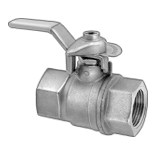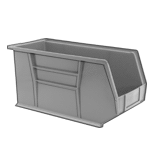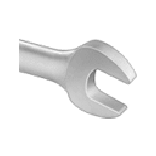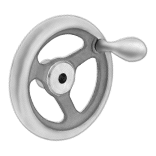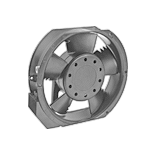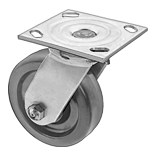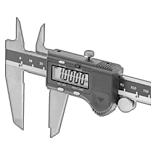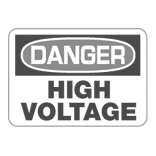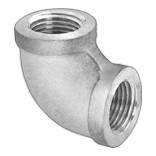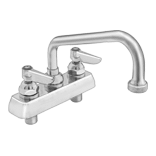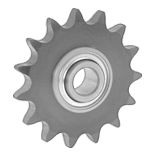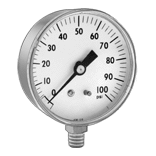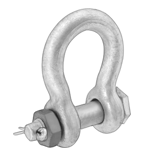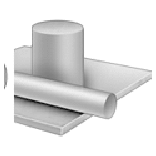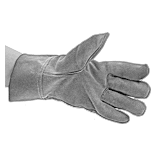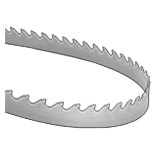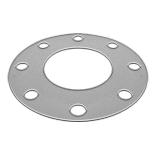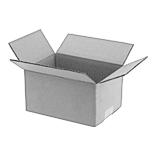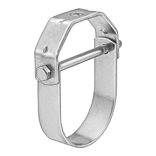Filter by
Maximum Temperature
Hardness
Thermal Conductivity
Hardness Rating
Color
Formulation
Dielectric Strength
Mix Ratio
Container Size
Overall Dry Time
Touch Dry Time
DFARS Specialty Metals
Export Control Classification Number (ECCN)
REACH
RoHS
Manufacturer
Clarity
Manufacturer Model Number
Minimum Temperature
Tensile Strength
Consistency
Material
Mixing Required
About Paint and Protective Coatings
More
Two-Part Silicone Potting Compounds
Encase electronic assemblies in a layer of silicone for protection from dust, moisture, mechanical shock, and vibration. Softer and more flexible than epoxies and urethanes with the widest temperature range, silicone potting compounds are the best choice for high-temperature applications and electronics exposed to thermal cycling. They have good moisture resistance but poor chemical and abrasion resistance. Silicones provide excellent electrical insulation. They’re also known as RTV (room-temperature vulcanizing).
Can and Tube Compounds
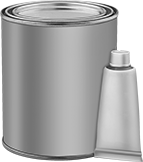
Dry Time | |||||||||||
|---|---|---|---|---|---|---|---|---|---|---|---|
| Mfr. Model No. | Container Size, fl. oz. | Consistency | Touch | Overall, hrs. | Dielectric Strength, V/mil | Thermal Conductivity, W/m-K | Temp. Range, °F | For Use On | Color | Each | |
Momentive/GE Compounds—Medium Hard | |||||||||||
| RTV60 | 16 | Thick Liquid | 2 hrs. | 24 | 450 | 0.31 | -65° to 500° | Aluminum, Brass, Bronze, Copper, Steel, Stainless Steel | Red | 00000000 | 0000000 |
